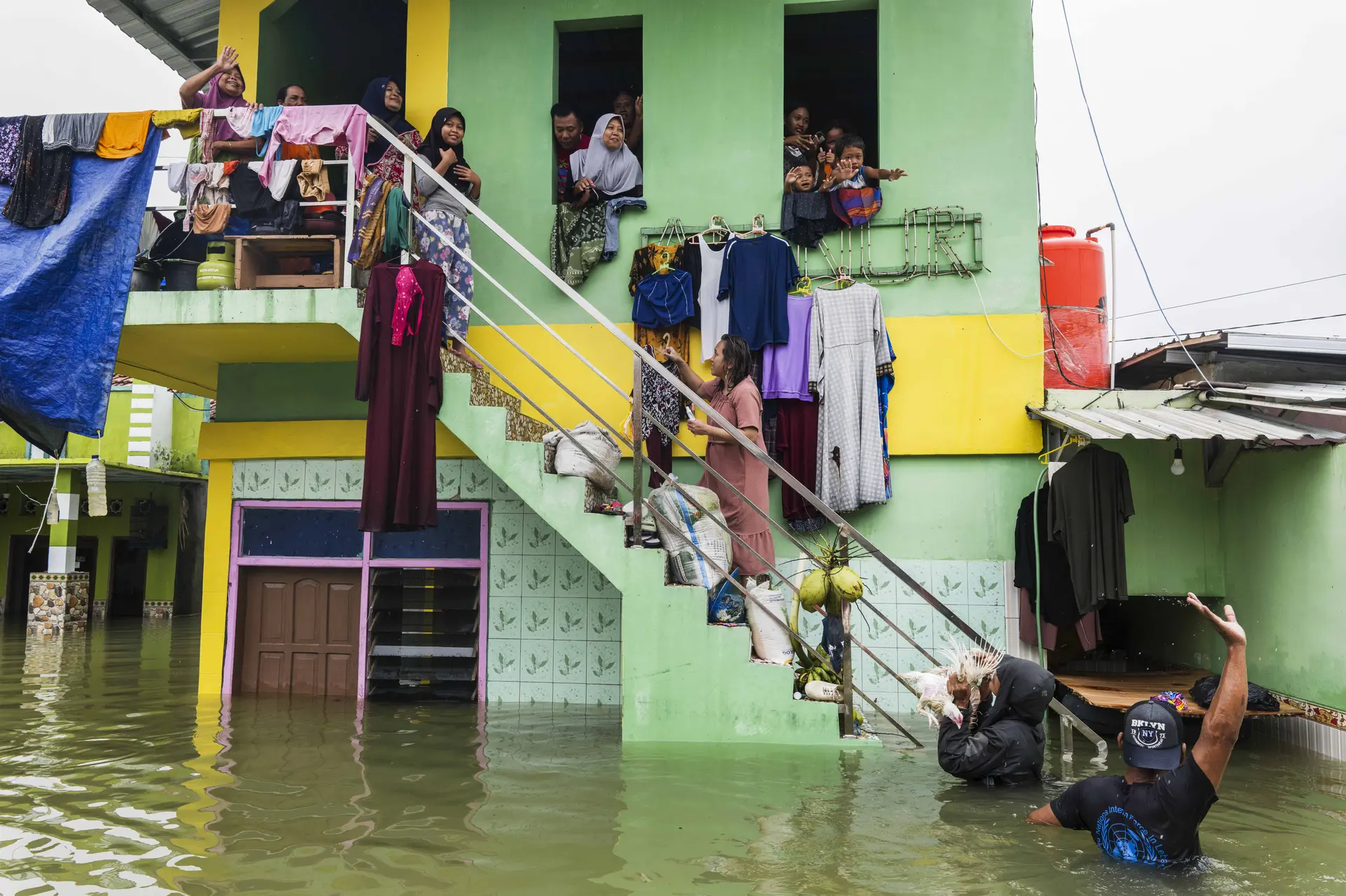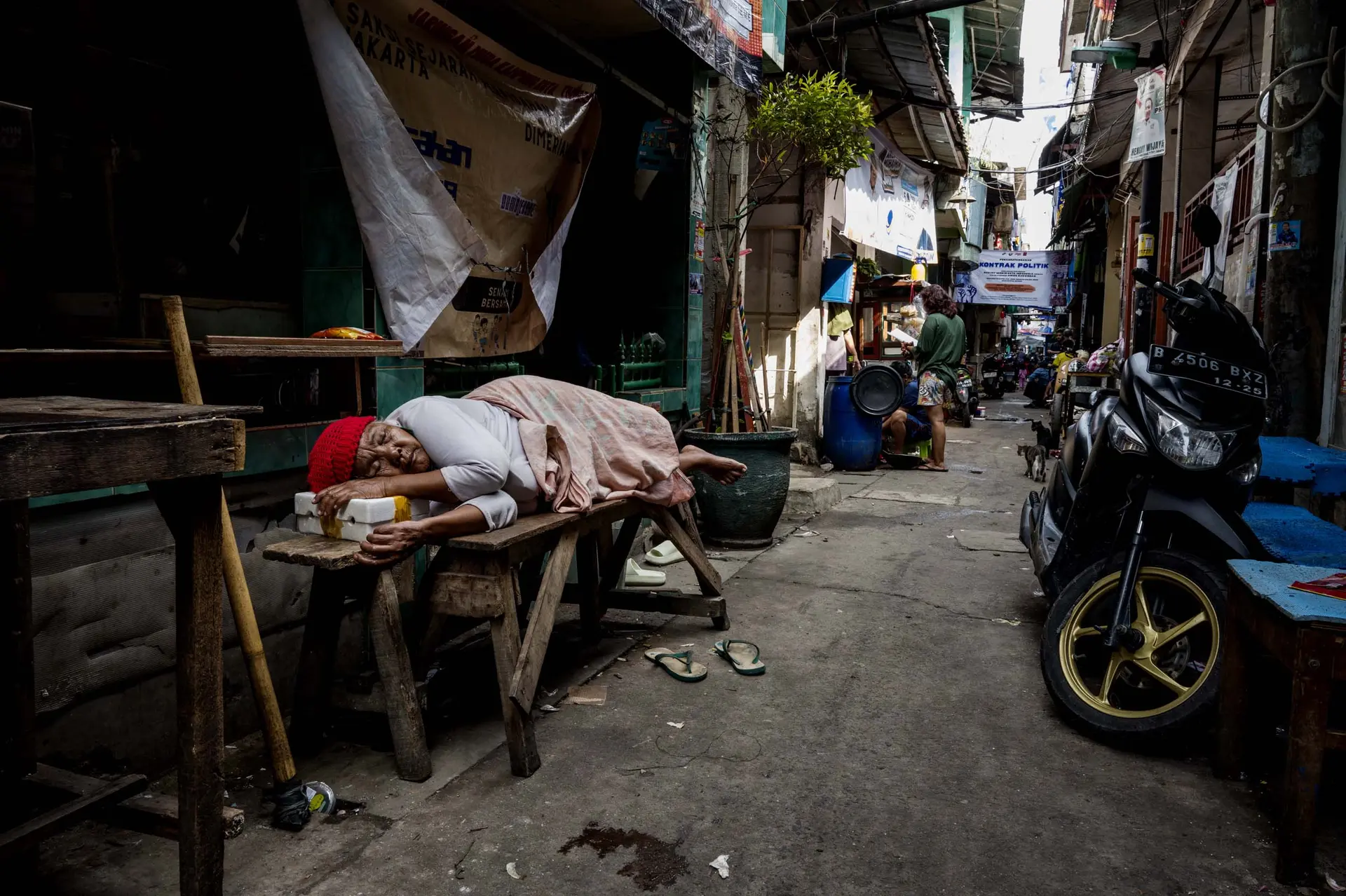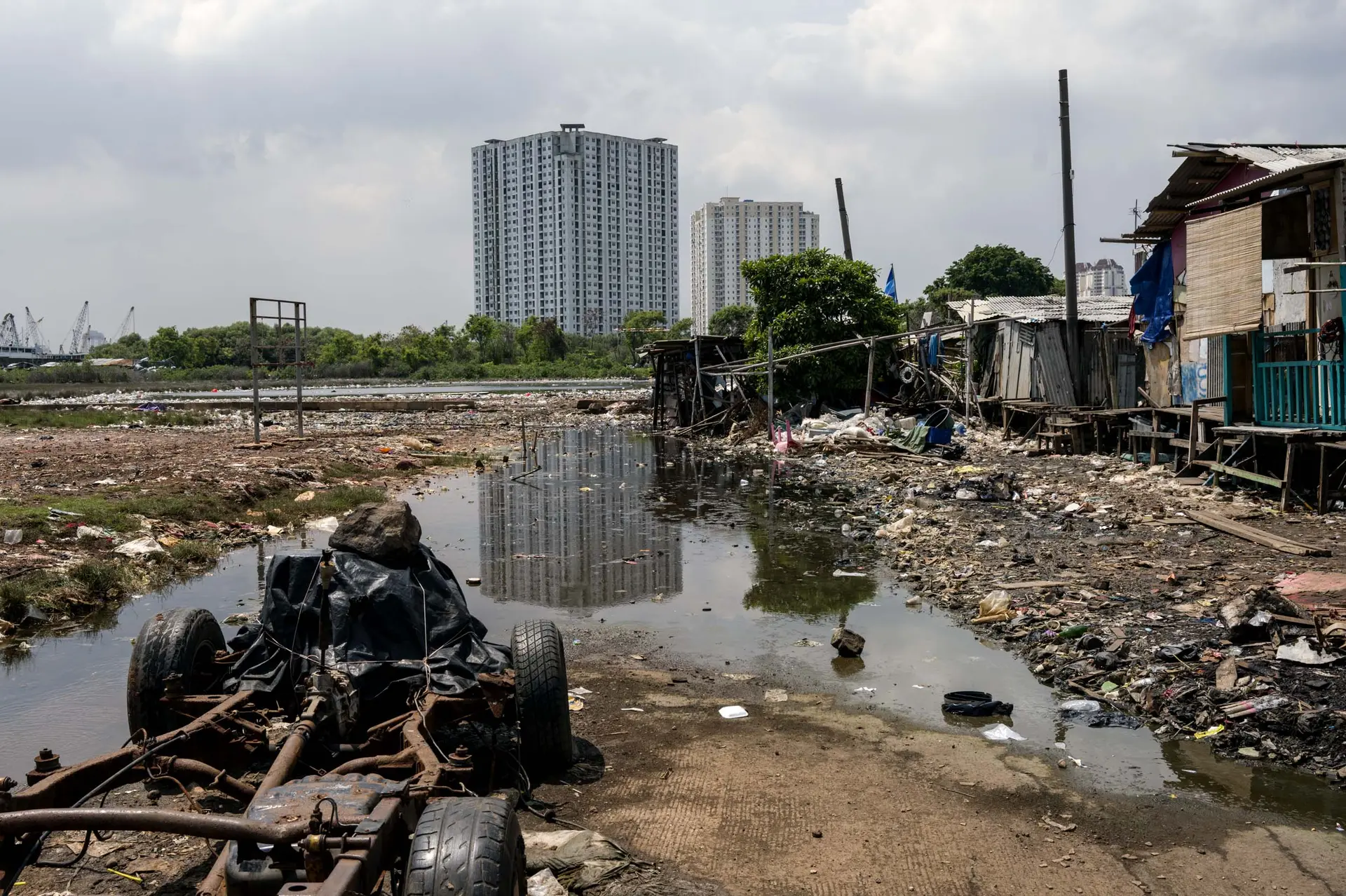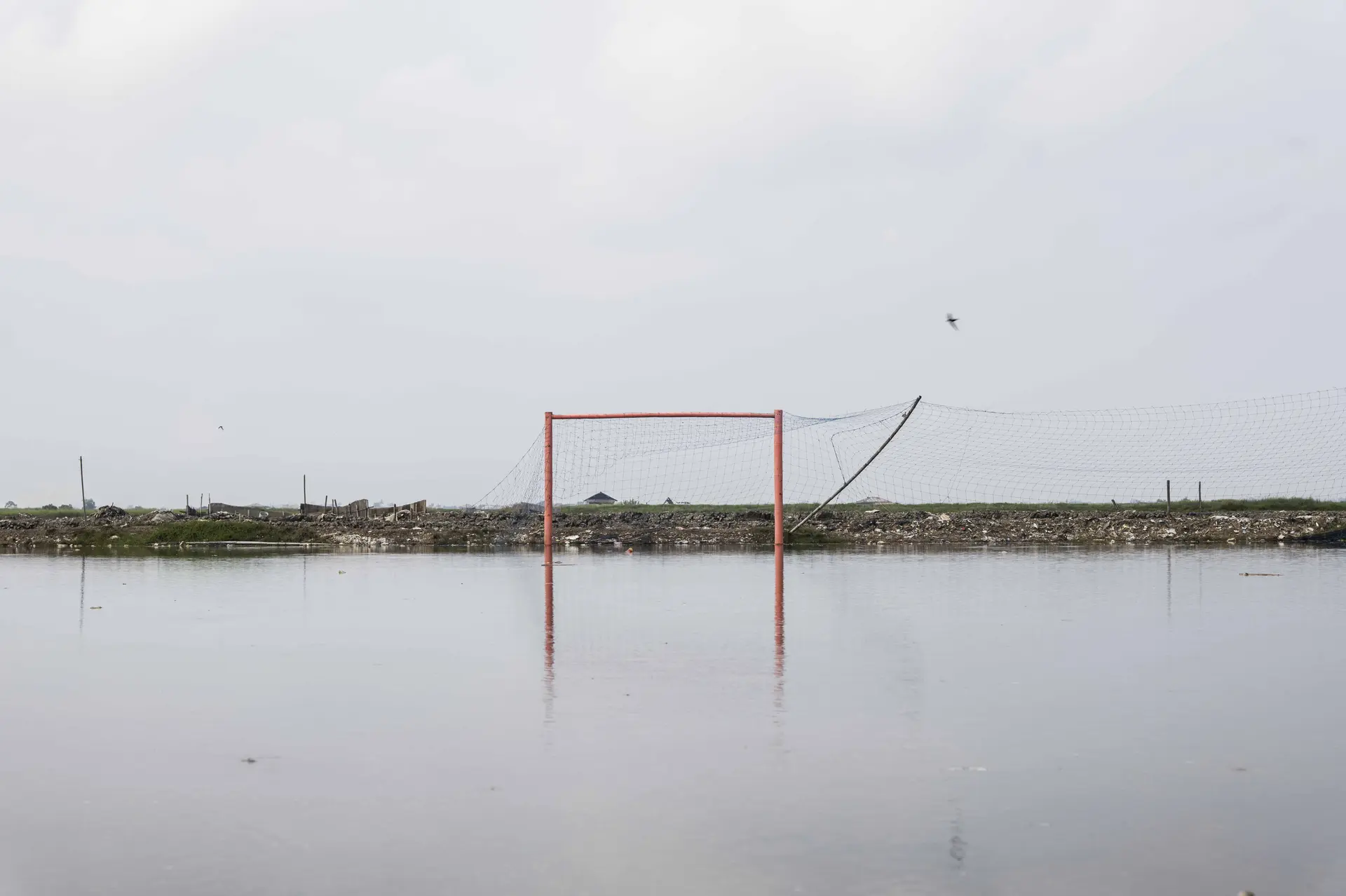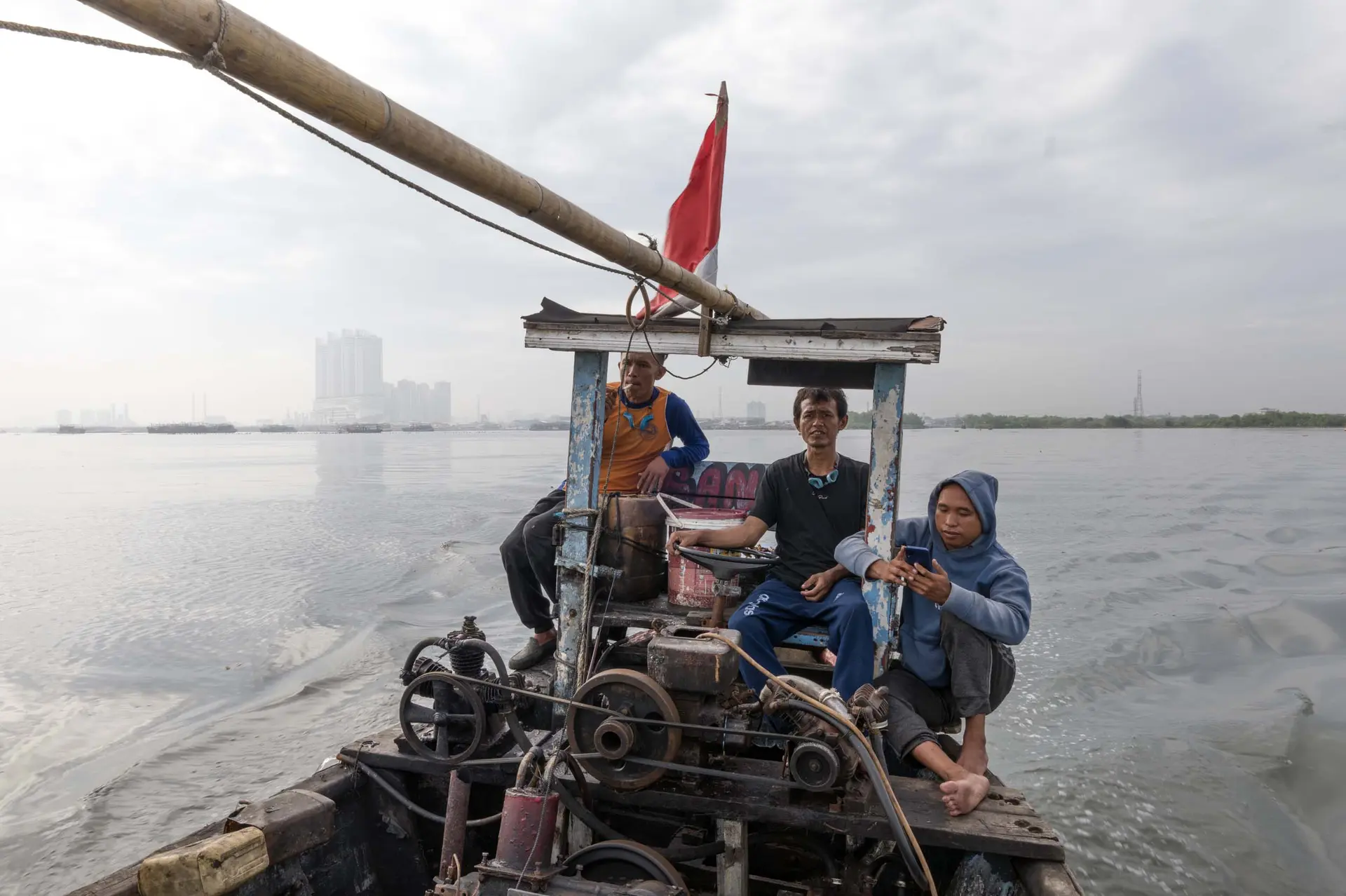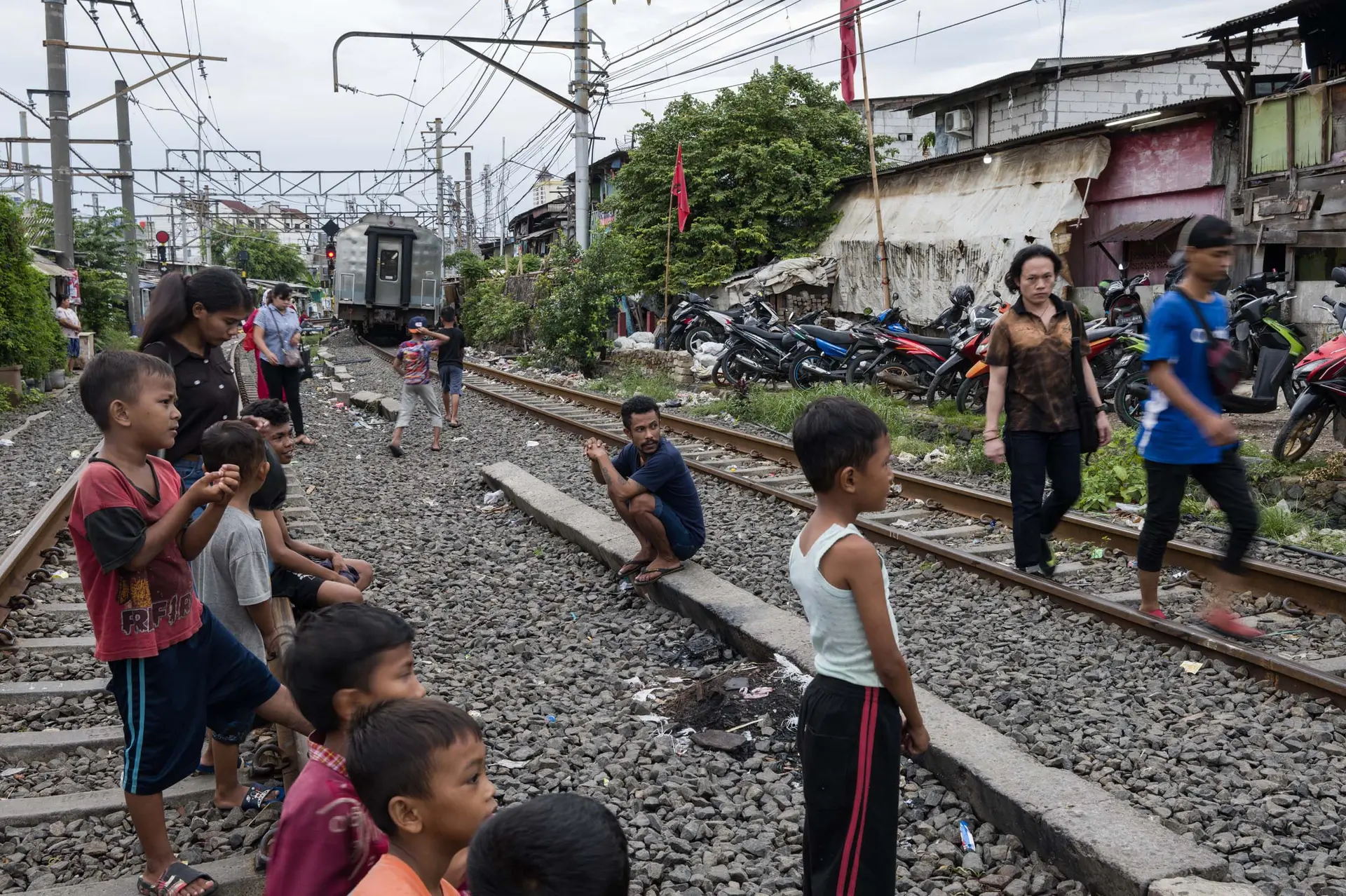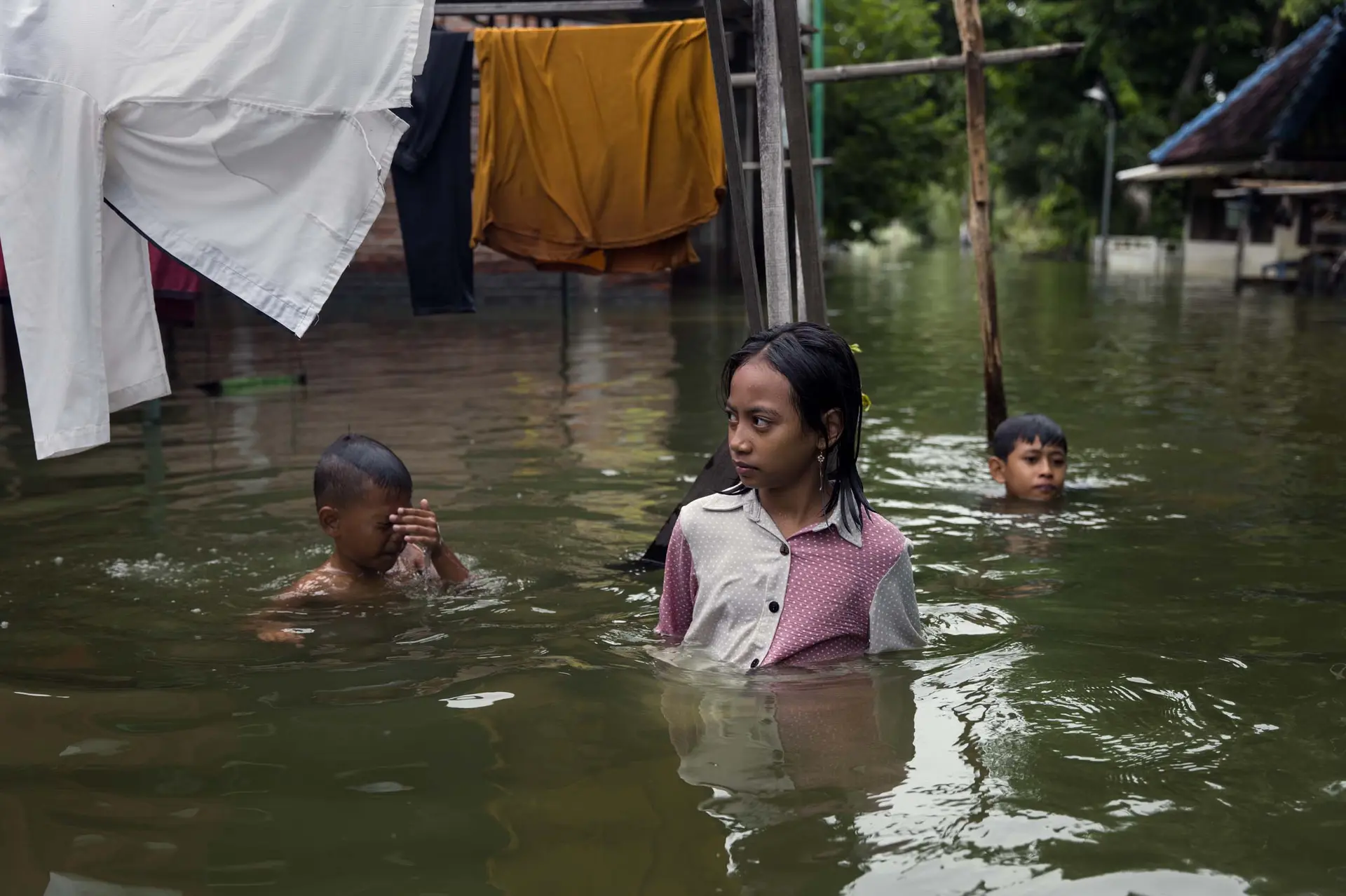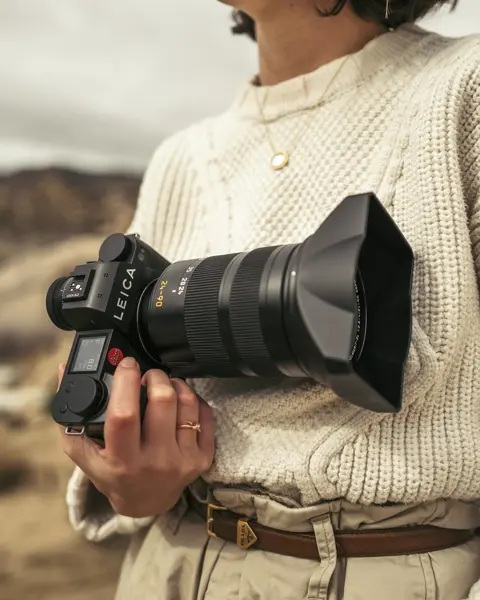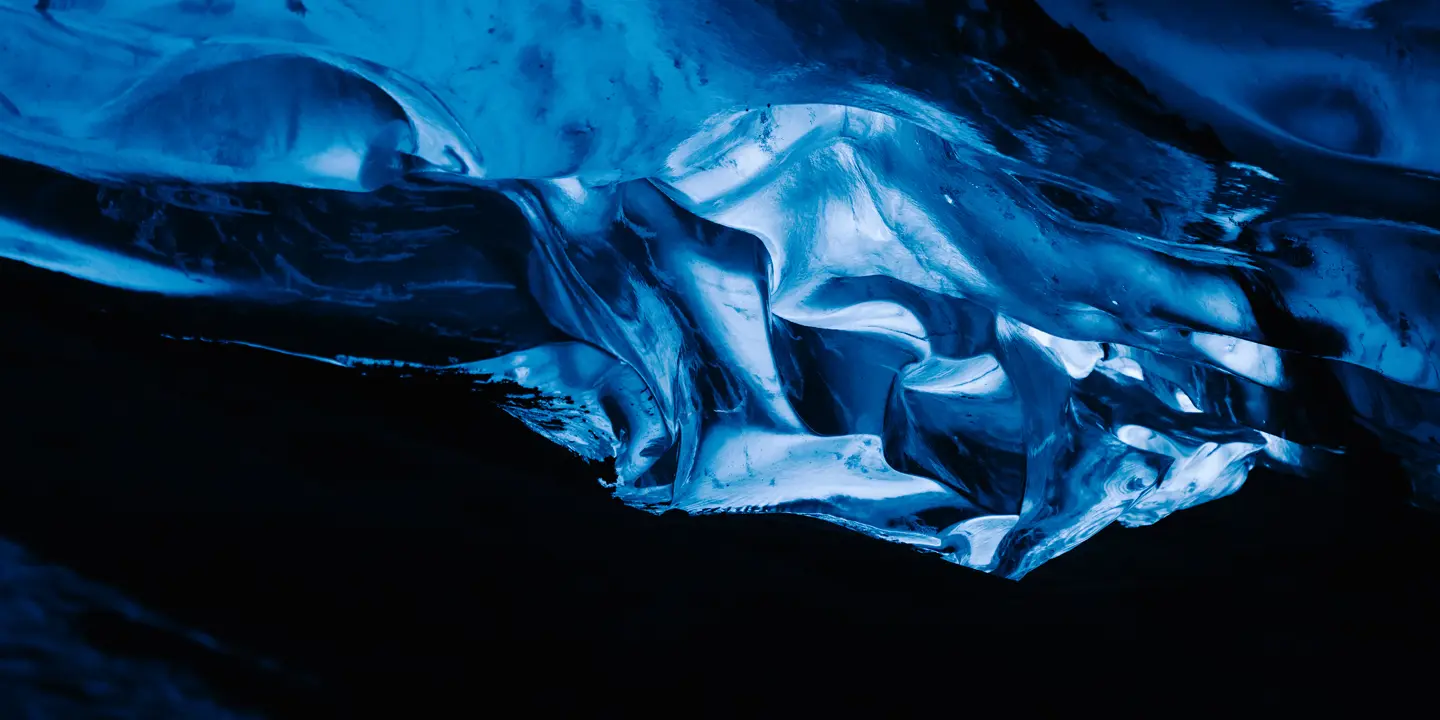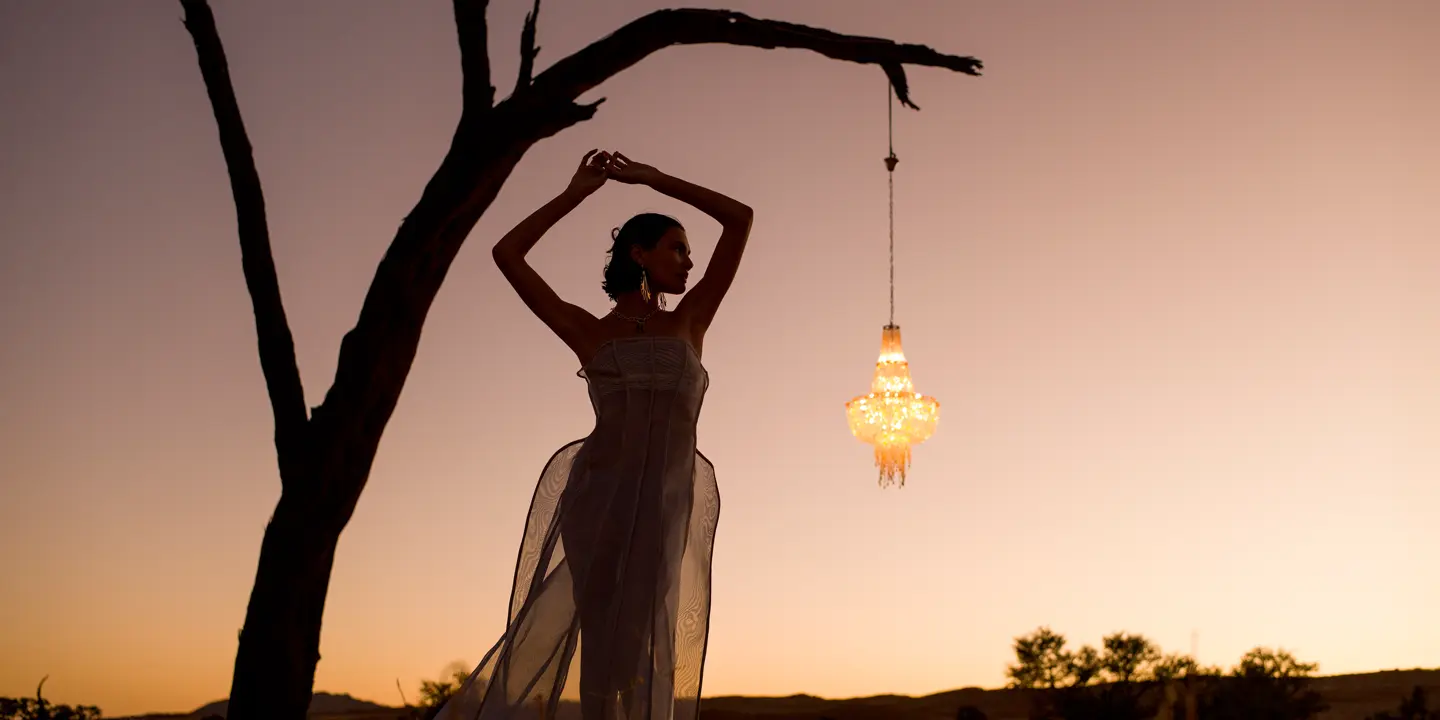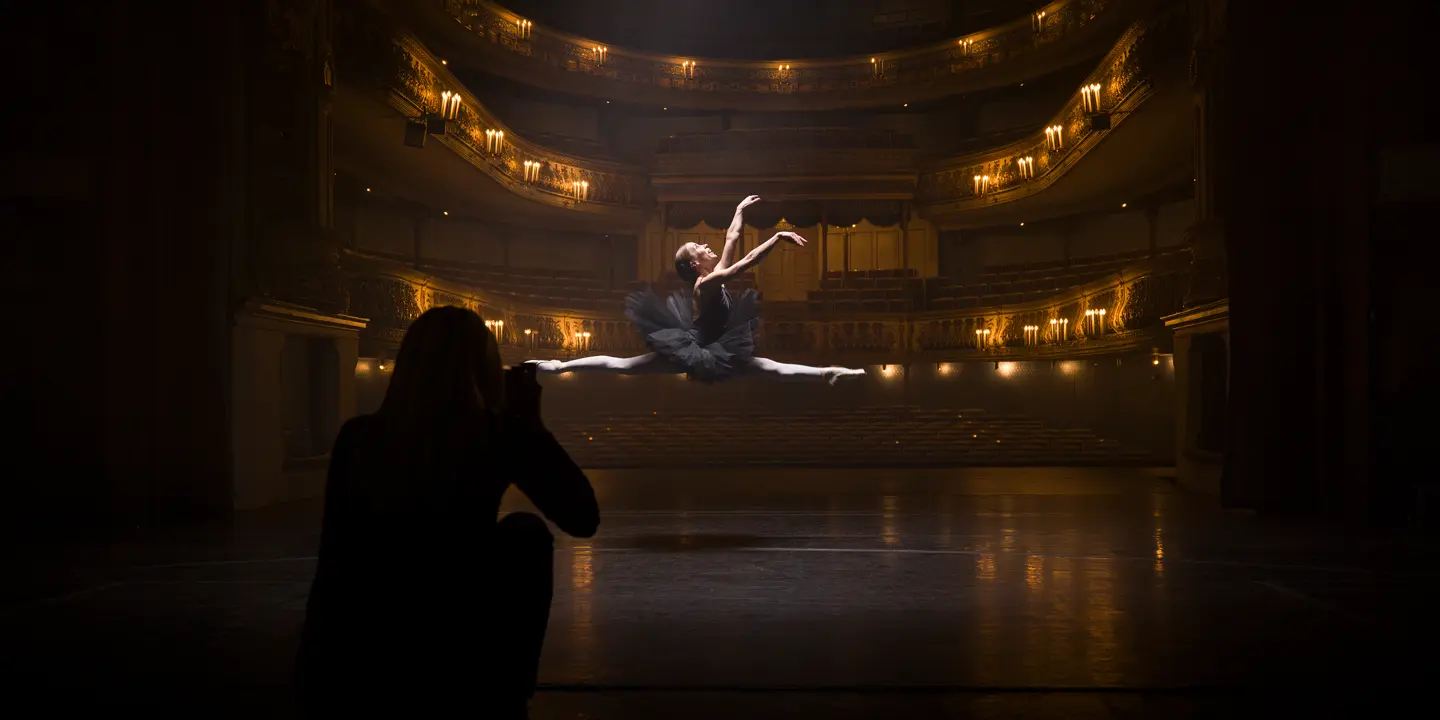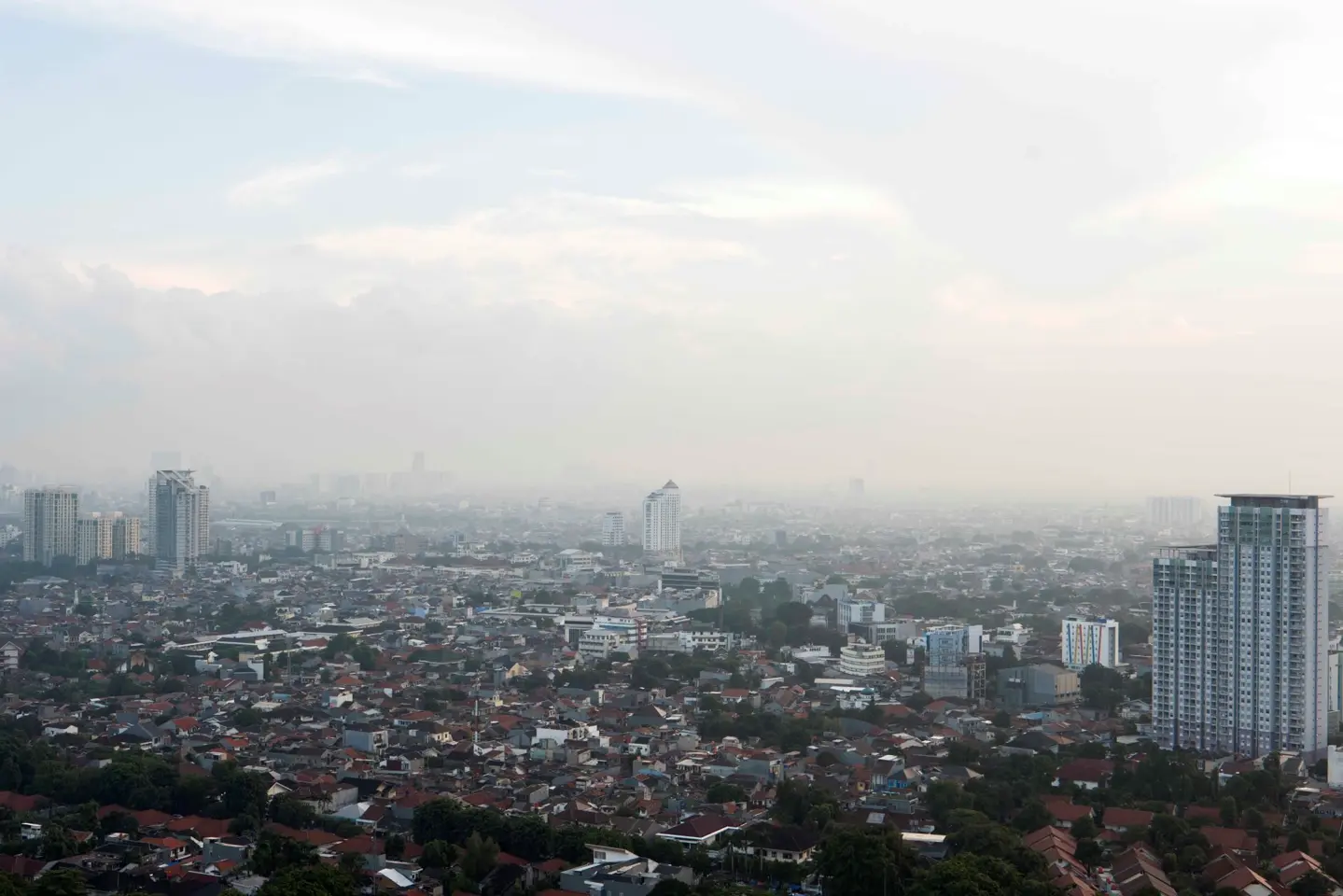
The Crowd
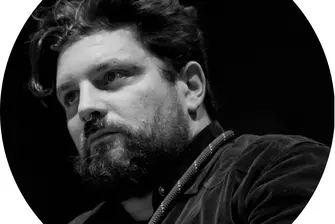
A changing world, affected by great climatic mutations and land use. Which is the challenge that only a versatile, very resilient, capable camera can tell in every detail.
Gabriele Micalizzi
Jakarta is sinking. And climate change is the first cause. The surrounding Java Sea is rising as the land sinks up to 10 centimeters every year. Nearly ten million people living in the city and another twenty in the surrounding area, the Indonesian metropolis is among the most densely populated in the world. Uncontrollable traffic and pollution, Jakarta is soaring skyscrapers and multiplying slums. Even on the edge of the railroad, where the village of Kampung Bandan stands: an endless expanse of slums a stone's throw from the tracks, where children play and a train passes by every half hour.
But there is also a parallel issue. Because overpopulation is driving Indonesians to chase clean water by pumping it from illegal pits that are increasingly drying out the aquifer. More than one-third of the city is now below sea level, and flooding is increasingly common, as also seen in the Feb. 14 2024 election, with hundreds of polling stations flooded. Thus, to "relieve" exponentially grown Jakarta, the government approved the billion-dollar project to relocate the capital, building a new one in Nusantara, in Borneo 800 kilometers away: for local authorities the utopian solution to sinking Jakarta, for many observers instead an ecological disaster because of the devastating environmental impact it is causing.
Water flooding is the most frightening threat today. With the Leica SL3, we photographed it in the village of Cangkring, in the Demak region of Central Java, where heavy rains broke the river's already swampy banks and water for days submerged houses, roads, pieces of life, causing eight thousand displaced people. Forcing many of them to live for days on a divider not even a meter wide, the only dry patch on which to save the little that escaped the violence of the water.
A village that ended up under water, under heavy rains, taken with the SL3 that did not betray even in extreme situations like this. As in Cemarajaya, Karawang, West Java: the fishing community built a long barricade of sandbags to try to save the village, but the rising tide continues to erode the coastline, submerges the mosque that is the village's landmark, and devastates houses. In Timbulsloko, an eight-hour drive from Jakarta, where there was land there is now water, and with the SL3 we photographed how the locals have been forced to adapt to the drastic changes: formerly a village of farmers, roads and plantations, now completely floating due to the rising tide and the land subsiding.
Locals had to raise their houses by two meters, turned into stilts. And roads have become wooden walkways, connected by small boats. An ongoing adaptation, which is an endless race to safety because the water is not stopping. Changing habits, work, lifestyles. A changing world, affected by great climatic mutations and land use. Which is the challenge that only a versatile, very resilient, capable camera can tell in every detail.
Gabriele Micalizzi and the SL-System
Gabriele Micalizzi has always chosen Leica SL for his reportage because of the camera’s reliability and quality. Injured in Syria in 2019 while following the fall of ISIS in Raqqa, it is the Leica SL that saves his life by protecting his from a deadly RPG explosion. Gabriele Micalizzi and Leica SL form a resilient pair that can consistently produce results of extraordinary quality. The collaboration between Gabriele and Leica SL is based on a shared resilience and adaptability to work in extreme conditions and locations while always ensuring the highest quality performance.
